Engage your students with a hands-on activity to practise making equal groups to represent multiplication.
What Are Equal Groups in Maths?
When it comes to maths, the term ‘equal groups’ refers to a concept that is frequently used with multiplication and division. Essentially, an equal group is a set of objects that are arranged in groups of the same size. This concept is most commonly taught in years 2 and 3 to model and comprehend multiplication and division operations.
When multiplying, you can think of it as a method for determining the overall quantity when you have a specific number of equal groups and a certain number of items in each group. For instance, if you have four groups of three cookies each, you can calculate the total number of cookies by multiplying the number of groups (4) by the number of cookies in each group (3). This calculation results in 12 cookies in total (4 x 3 = 12).
Practise Making Equal Groups – Multiplication Style!
Teach Starter has created an engaging hands-on activity to help your year 2 and 3 students understand the relationship between equal groups and multiplication problems. To complete this activity:
- Place the ‘Equal Groups’ playing cards in a pile facedown between the players.
- Player 1 flips over the top card. Using the manipulatives, they make the groups indicated on the playing card. When they have finished, they record their work on their ‘Equal Groups Mat’ – drawing a picture, labelling the groups and writing as a multiplication sentence.
- Player 2 checks Player 1’s work. If it is incorrect, Player 1 must erase and try again. If it is correct, Player 2 proceeds with their turn.
- Play continues until each player has filled in their mat completely.
Easily Prepare This Hands-On Multiplication (Equal Groups) Activity For Your Students
If you are ready for your students to practise making equal groups and relating them to multiplication, head on over to the green download button! Here, you will find the quick-print PDF options available in both colour and black and white.
Consider printing this teaching resource on thick card for durability. The recording mat can be slipped into a write-and-wipe sleeve so students can use a whiteboard marker to complete the activity.
Extra Multiplication Materials For You!
Don’t stop there! We’ve got more activities and resources that cut down on lesson planning time:
[resource:4474028] [resource:4473225] [resource:4474884]



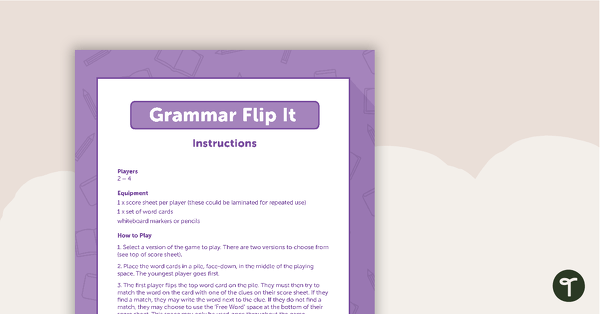
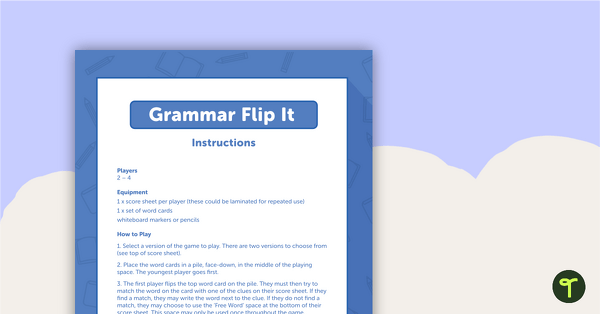
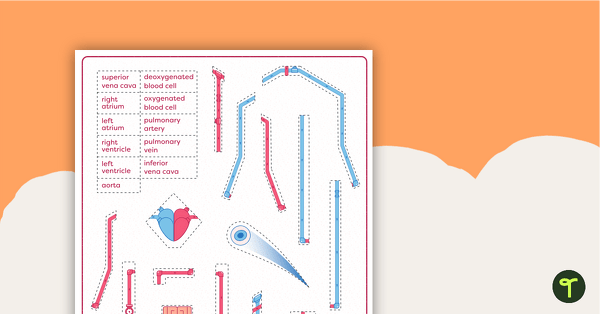

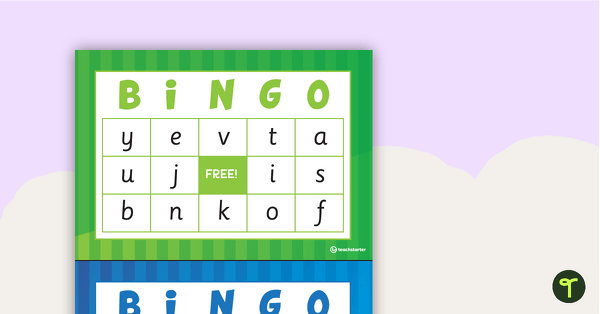
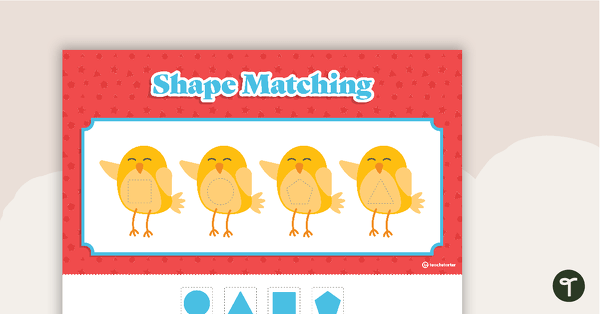
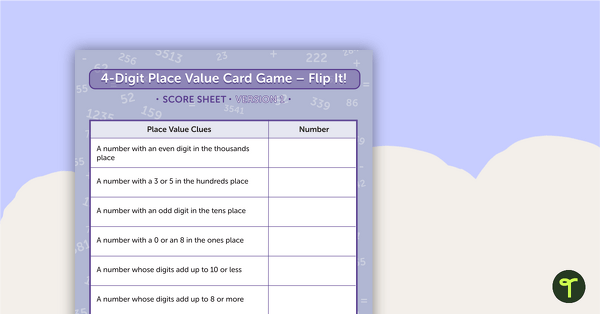
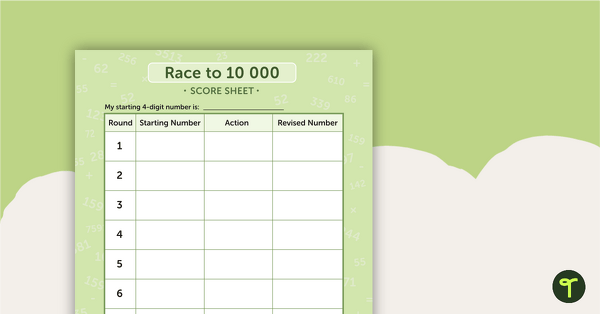
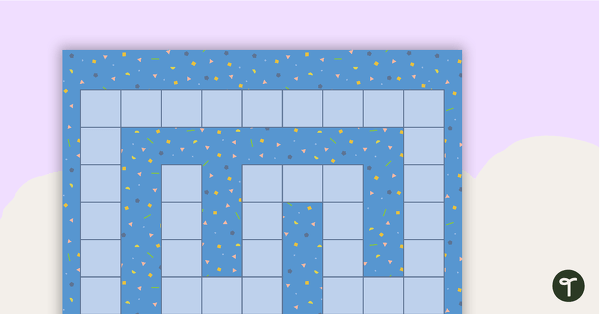
0 Comments
Write a review to help other teachers and parents like yourself. If you'd like to request a change to this resource, or report an error, select the corresponding tab above.